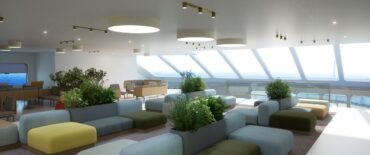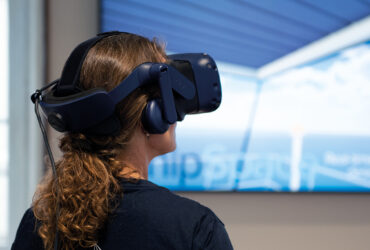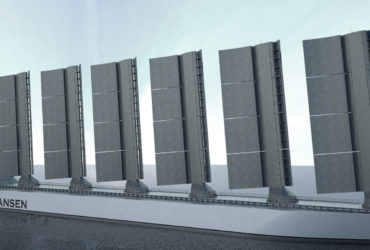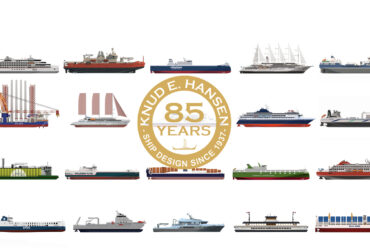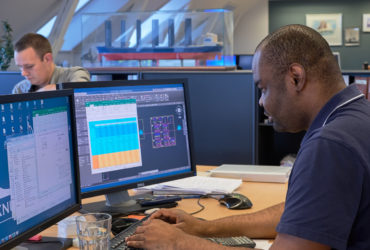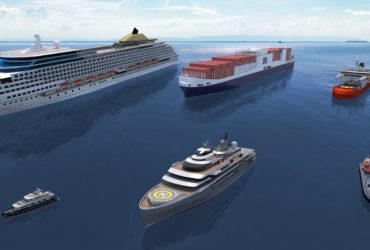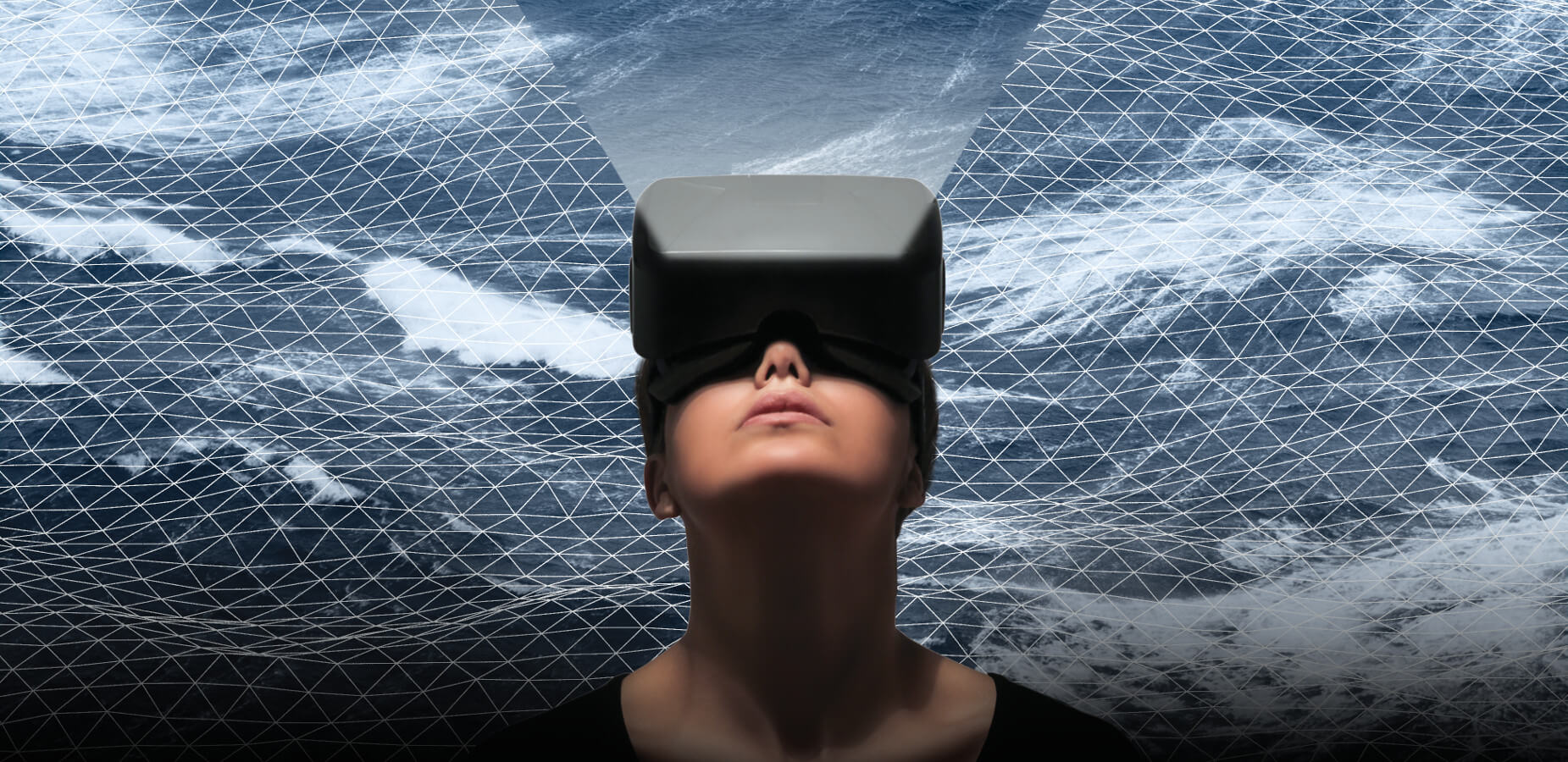lnteriors of the ‘real’ kind are facing a challenge from digitised virtual reality. Might passenger ships prove to be the perfect environments for experimentation with emergent digital technologies, allowing passengers to experience fantasy environments, or ones tailored to their tastes?
The sustainability benefits might be big as well. Article from Shippax by Bruce Peter
l’ve been teaching students at The Glasgow School of Art for twenty years now – long enough to witness major trends among a cosmopolitan cross-section of educated and erudite young adults in their late twenties. Between my own student years in the early 1990s and my beginning work there, several major changes occurred. In Product Design, for example, there was a decision to stop teaching how to aestheticize manufactured goods and instead to focus on social design, hopefully producing ‘designers’ trained to enhance society, rather than to address the needs of commerce and industry. One of the under-pinning theories explaining this change was a belief that mass manufacture was wasting the world’s resources and that instead it was necessary to apply design imagination to tackle seemingly intractable social problems that politicians and public bureaucrats had failed to solve. Social design involved focus groups being convened for brain-storming sessions using coloured Post-It notes stuck on walls; the idea was to do anything other than produce actual products requiring the wasteful consumption of raw materials. At the same time, students from that department would invariably come to tutorials wanting to write essays only on issues pertaining to ‘sustainability’, as though there the great world of cultural discourse didn’t contain anything else of value.
From ‘actual’ to ‘virtual’
In more recent years, ‘sustainability’ has come increasingly to affect the thinking of students and staff in other design disciplines too, including interior design, fashion and textiles. ‘Fast Fashion’ and interiors designed with the intention of only existing for brief periods are now anathema and instead only the recycling of materials and designing for the long term are regarded as acceptable. In Sim Vis (Visual Simulation), one of our younger departments, convincingly accurate virtual representations of spaces were first modelied in the early 2000s, but now the technology has matured to such an extent that it can sometimes be difficult to distinguish between images of the ‘virtual’ and ‘actual’ reality. Indeed, what once was incredibly expensive hardware and creative software, existing only in a limited number of locations, has in recent time come to be widely used by architects and interior designers to give their clients hyper-real ‘previews’, allowing them to ‘walk around’ interiors they might be planning to commission or renovate.
The question, then, is why it’s necessary even to bother building ‘actual reality’ at all. In comparison with the digital models, the built versions – however carefully enacted – are invariably a little disappointing, their suspended ceilings and other ‘catalogue’ details lacking the slickness and luminosity of the virtual impressions seen on screen. Furthermore, ‘actual’ interiors, realised in steel, laminate, fabrics and furniture add weight and cost – and, on a ferry or cruise ship, almost invariably end up being ripped out and crushed into skips after only ten years or so. Instead, one could instead simply issue every passenger with goggles showing convincing images of virtual interiors, synchronised in ‘real time’ with the otherwise undecorated ‘actual’ spaces on board.
Personalised design possibilities
Then there is the issue of taste. In societies seemingly increasingly concerned with individualism, one of public trans-port’s major drawbacks over private cars or private jets is that using it involves occupying communal and quotidian spaces, designed so as not to offend the mainstream taste of the many, as opposed to the specialised preferences of the few. Yet, with so many people now passing their leisure time in digital ‘second life’ or playing games such as ‘Minecraft’, the idea that virtual fantasy environments might actually be implanted and experienced in public commercial or transport space is perhaps not so far-fetched as it may once have seemed. It is merely a question of which operator might be brave enough to try first.
Just imagine, rather than surveying a ferry lounge full ofless than beautiful people in ordinary leisure wear, upon putting on goggles, a much more beautiful environment could be conjured in which fellow passengers looked as though they were straight out of glamorous fashion shoots. With a bit more imagination ex-pended, it might be possible for everyone to have their own avatar and these might not be restricted only to variations of the human species. Thus, the lounge would appear to be filled with scifi characters, superheroes and extraordinary animals. What a disappointment disembarkation would be when, at Dover, the headset is returned!
Download article
Related articles
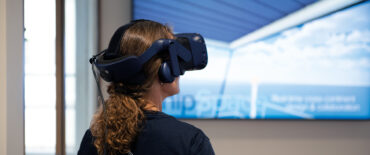
ShipSpace
Read more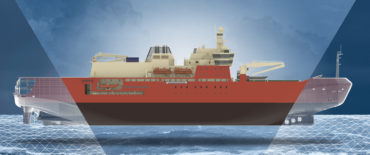
KNUD E. HANSEN develops virtual reality tool for ship designers
Read more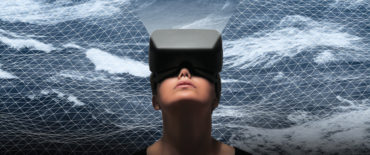
Reduce design risk with virtual reality for your next vessel design project
Read more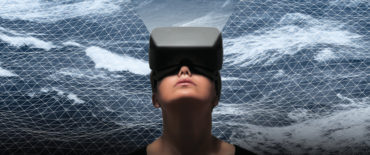
Virtual Reality for Mega Projects
Read more
Watch this Space
Read more